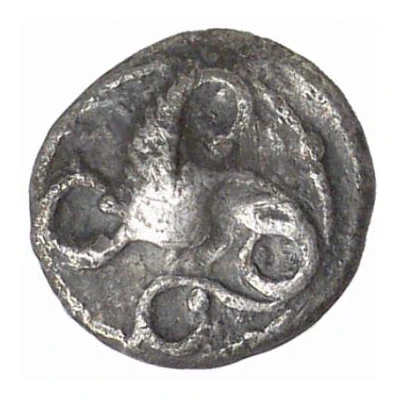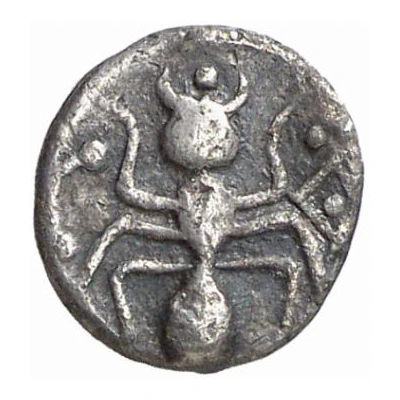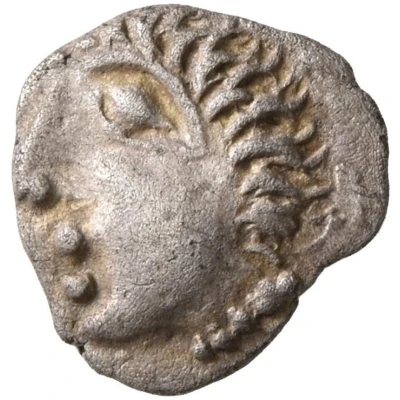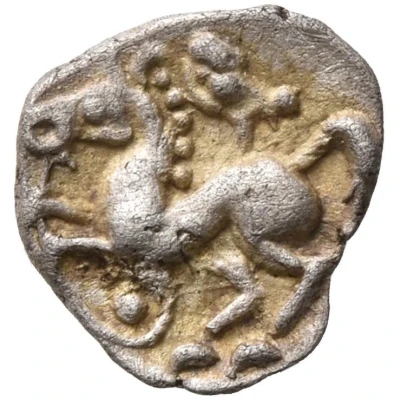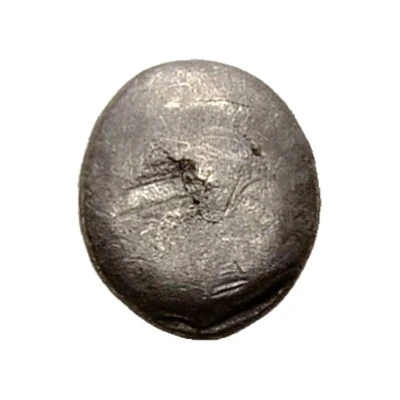
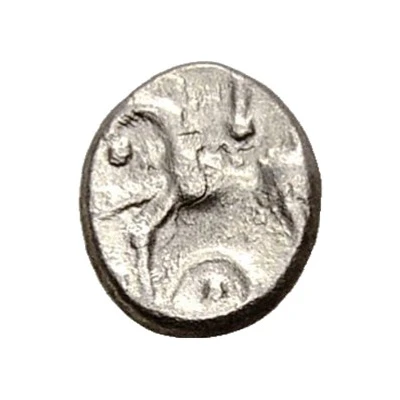

© Auctiones GmbH
Obol Roseldorf II type 200 BC - 101 BC
| Silver | 0.54 g | 8 mm |
| Issuer | Boii |
|---|---|
| Type | Standard circulation coin |
| Years | 200 BC - 101 BC |
| Value | 1 Obol (⅙) |
| Currency | Drachm |
| Composition | Silver |
| Weight | 0.54 g |
| Diameter | 8 mm |
| Shape | Round (irregular) |
| Technique | Hammered |
| Demonetized | Yes |
| Updated | 2024-10-09 |
| Numista | N#189276 |
|---|---|
| Rarity index | 100% |
Reverse
Celticized horseman riding left; pellet in semicircle below.
Comment
Attributions:• The Boii in Central Europe [1];
• The Cotini in the North Carpathians [2].
References:
[1] Auctiones GmbH, eAuction #29 Catalog, Lot 7, 21.09.2014;
[2] CCCBM I 82;
[3] KMW 758-61;
[4] Pfister, 1851-7-12-27.
Interesting fact
The Obol (Roseldorf II type) coin from Boii was used as a form of currency during the late Iron Age, specifically between 200 BC and 101 BC. It was made of silver and weighed around 0.54 grams, which is relatively small compared to modern-day coins. Despite its small size, this coin played an important role in the economy of the time, facilitating trade and commerce within the region.
